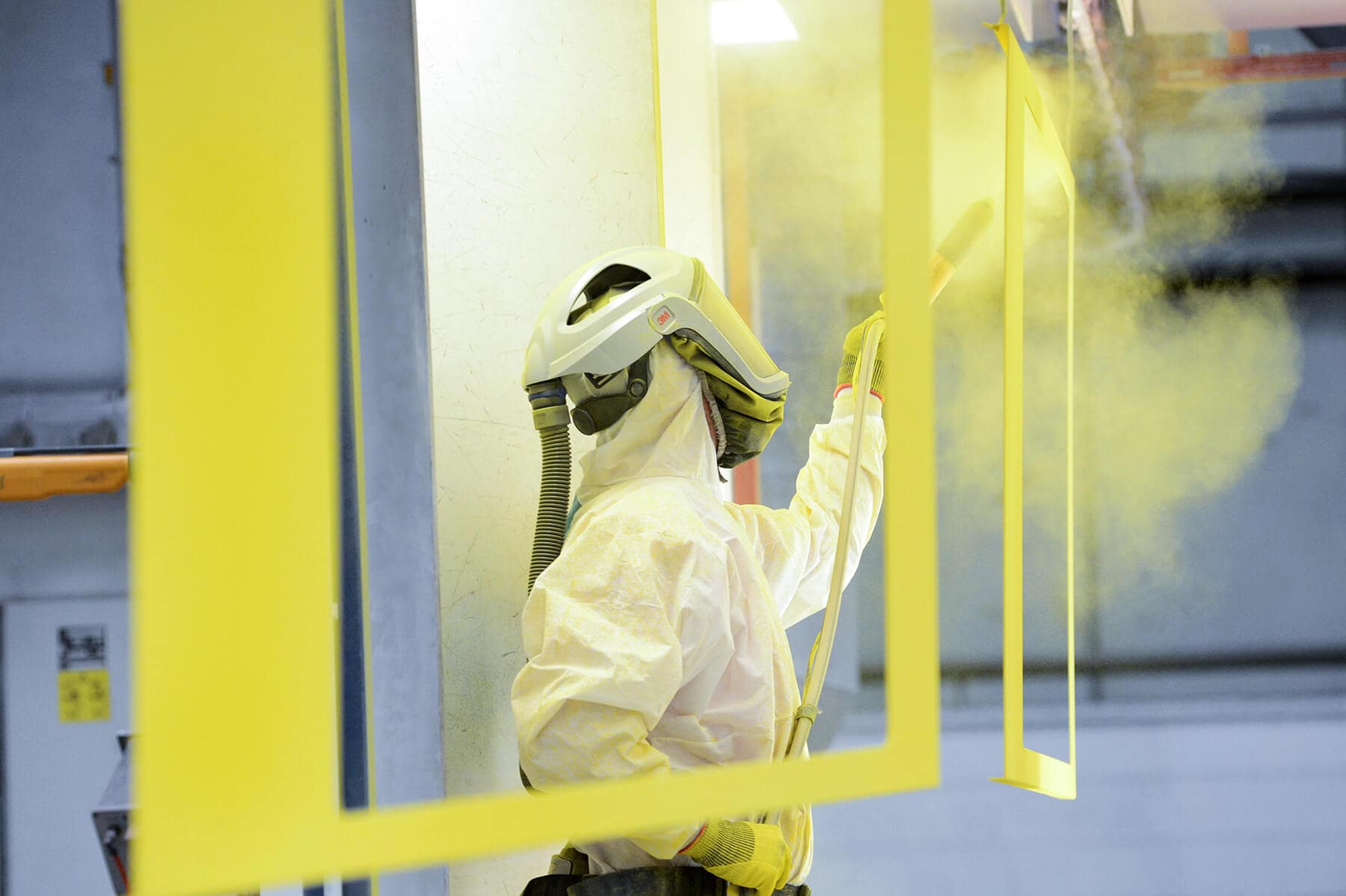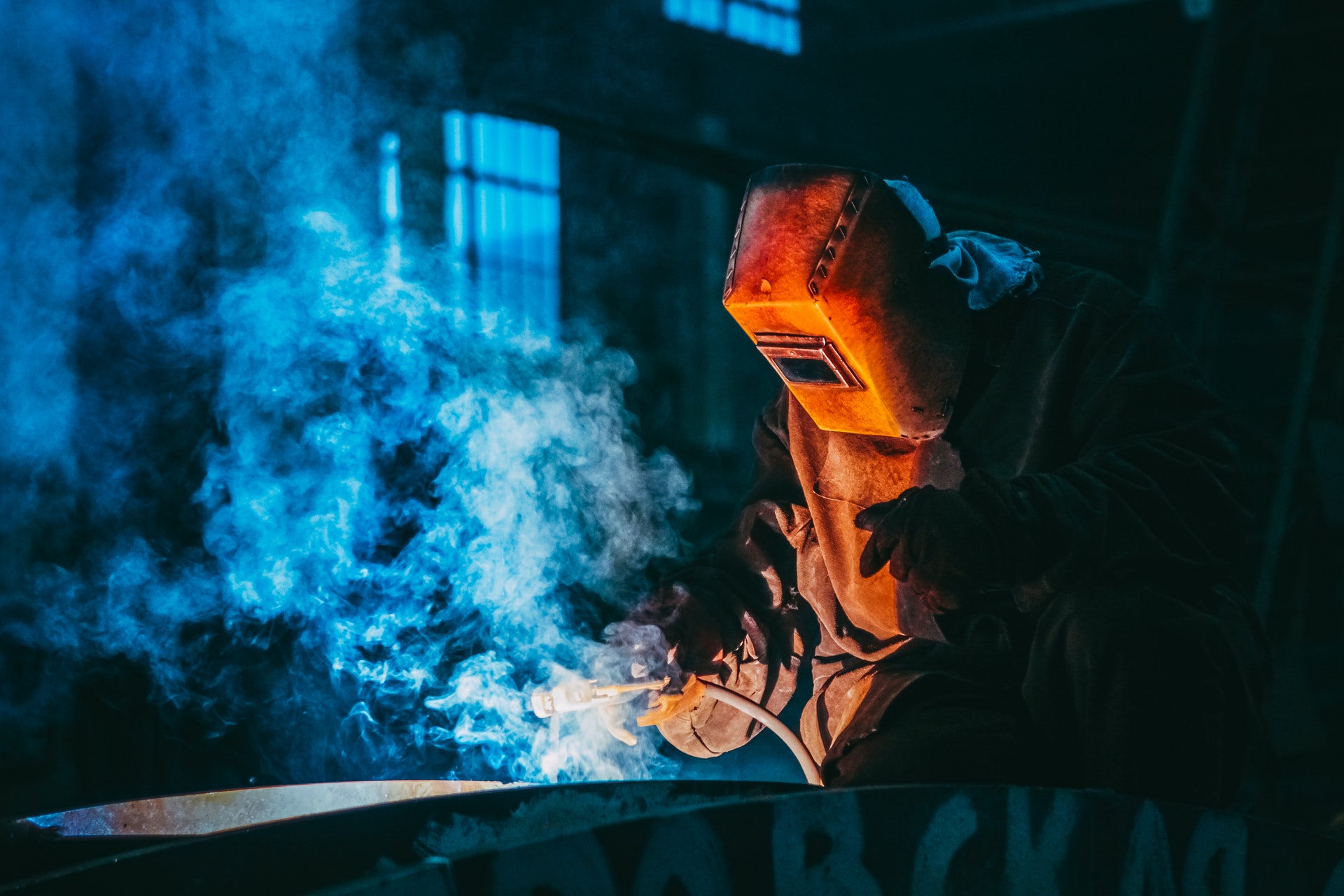There are nearly 100 welding processes to date, but the four main types are MIG, Stick, Flux-cored and Stick.
And if you want to learn more about them than just the names, here’s our rundown of how they work and their uses and benefits.
MIG
MIG (metal inert gas) welding is used for large, thick materials. It uses heat generated through an electric current to melt metal parts together, which fuse when cooled. The current works through a consumable wire that acts as both electrode and filler.
Stick
Stick welding is also known as shielded metal arc welding or manual metal arc welding (SMAW and MMA for short, respectively). Like MIG, it uses a consumable electrode (the stick), which fuses metals through heat. One key difference between MIG and stick welding is that stick is portable, making it ideal for maintenance and repair, on-site construction welds, and underwater pipelines.
Flux-Cored
Like MIG welding, flux-cored arc welding (FCAW) feeds a continuous hollow wire into the weld joint through the weld gun.
Where FCAW differs is that it doesn’t need an external shielding gas to protect the heated joint. Instead, the gas is created through the FCAW process itself via a flux within the wire (thus the name). This allows us welders increased mobility and the ability to flux weld outdoors, even in poorer weather.
TIG
TIG (tungsten inert gas for long) welding works similarly to MIG. But there are a few key differences. TIG welding uses a non-consumable tungsten electrode (thus the name) and can be done without a filler.
Additionally, TIG welding gives us much greater control and precision during the welding process than MIG welding, at the trade-off of welders needing much more training to properly use the method.
If you want to learn more about these methods or about welding in general, keep up with our blog.




